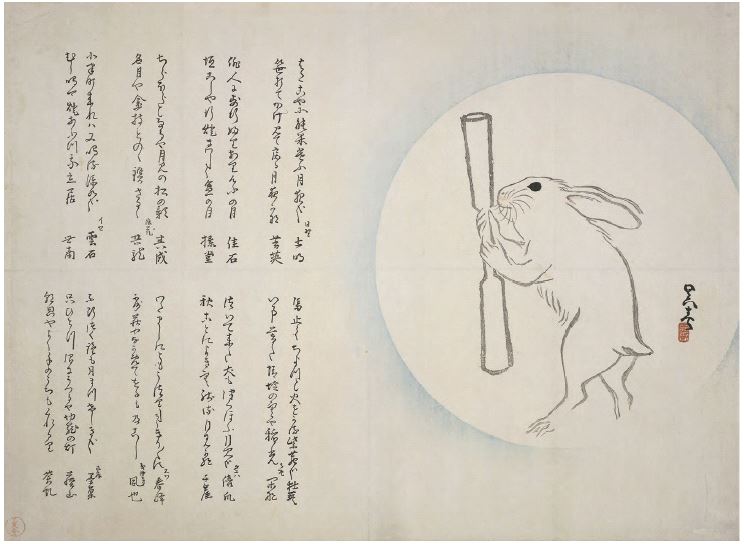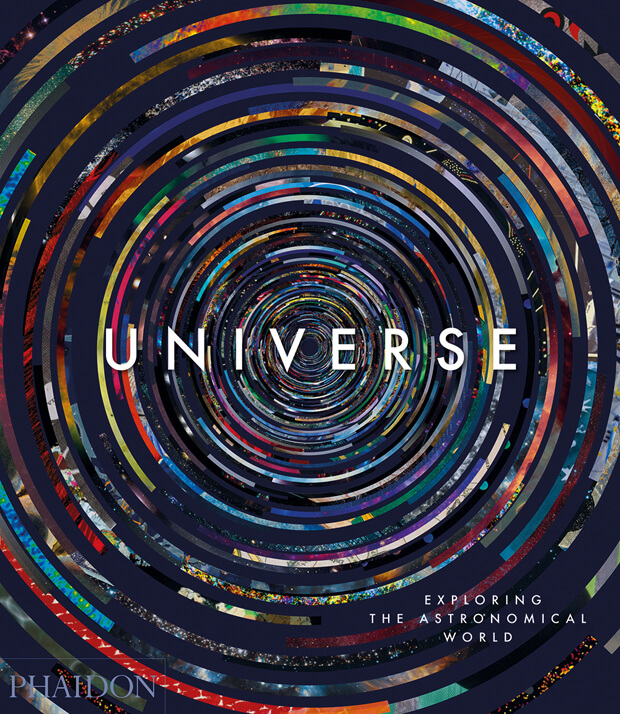
How Japanese poets saw the night sky
There's no man in the Moon for Japanese star-gazers, instead, they see a hare pounding rice. Want to know why?
We all see the same side of the Moon, whether staring up at it from the garden of The Sportsman in Kent, England, from the streets of Annie Leibovitz's New York, or as it sails among the high rises surrounding Yayoi Kusama's Tokyo studio. The only difference between viewing the Moon in the northern and southern hemispheres, is its orientation. The Moon orbits near our equator, so its pattern of craters would look upside down to northerly viewers, were they to go down under and look at the Moon from Australia, New Zealand or Japan.
This may explain why nursery rhymes in the northern hemisphere talk of a man in the Moon, while lyrical depictions of the Moon in Japan see something quite different: a hare or a rabbit, as our book Universe: Exploring the Astronomical World explains.
“For as long as humans have existed, people have looked up at the Moon and studied the patterns of its surface to figure out who or what might live there. Europeans see a man on the Moon, while some African peoples see a frog. In Chinese and Japanese folklore the Moon is home to a rabbit or hare, as shown in this Japanese surimono print by Matsumura Go Shun.

“The white rabbit of the Moon clutches the pestle he uses to grind rice to make rice cakes – a feature of the myth that plays on the similarity of the words for ‘Full Moon’ (mochizuki) and ‘rice pounding’ (mochi-tsuki). During celebrations of the Full Moon of the Harvest Festival, it is common to see prints and figurines of the Moon rabbit. Surimono prints were often commissioned by a particular group or circle of friends to be enjoyed during the festivities.
Naturalistic images were surrounded by poems, or haiku, often written especially for the occasion - this print includes seventeen different poems. The tradition of Moon-viewing (tsukimi) began in the ninth century and remains popular today. The lasting power of the folkloric motif is also evident in the names of the Chinese lunar rover Yutu (‘jade rabbit’), which landed on the Moon in 2013, and the Japanese project Hakuto (‘white rabbit’), created to explore the Moon in 2017."
For more cosmic images by such varied star gazers as NASA, Andy Warhol, Picasso and Hergé order a copy of Universe: Exploring the Astronomical World here.